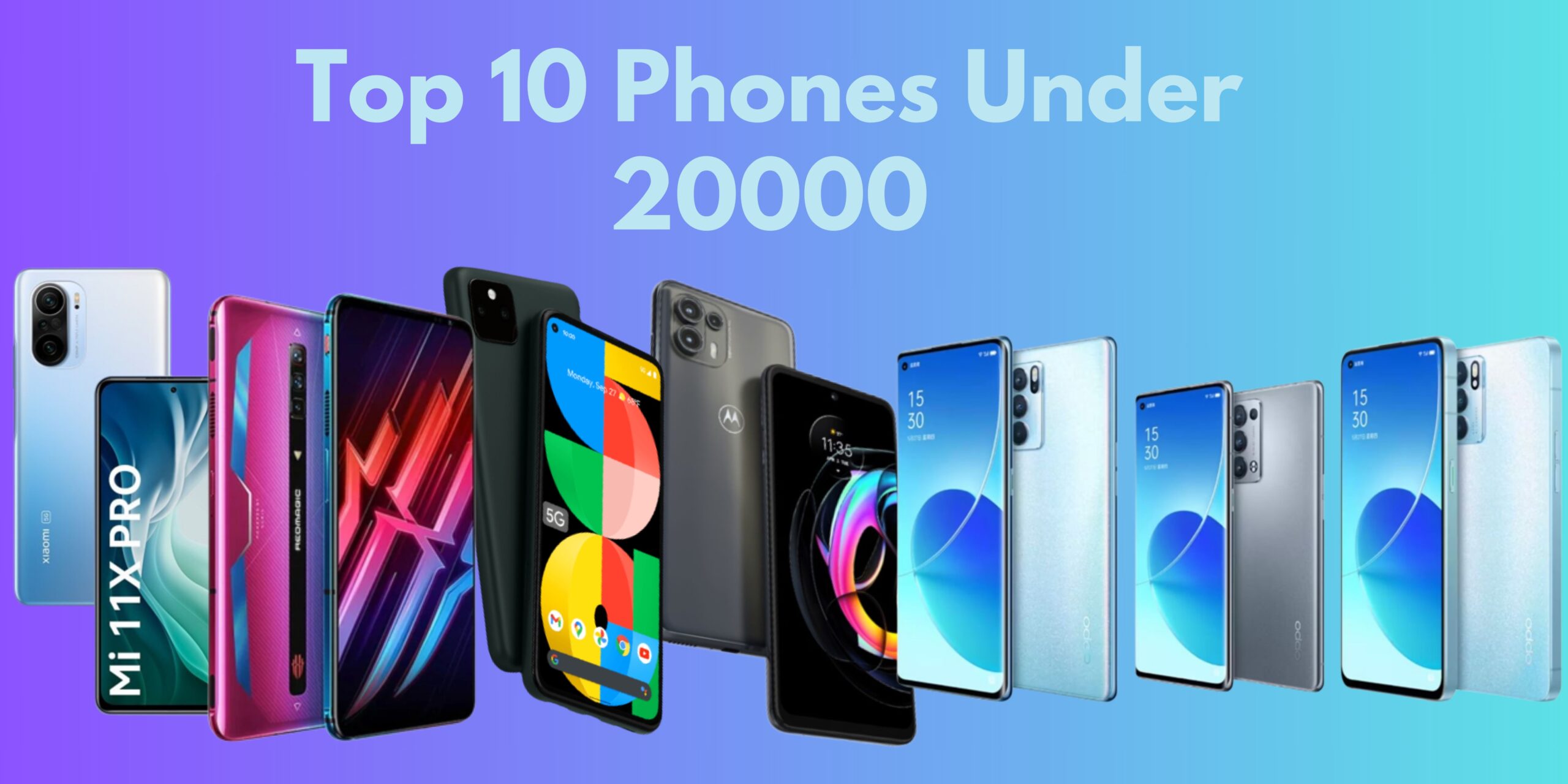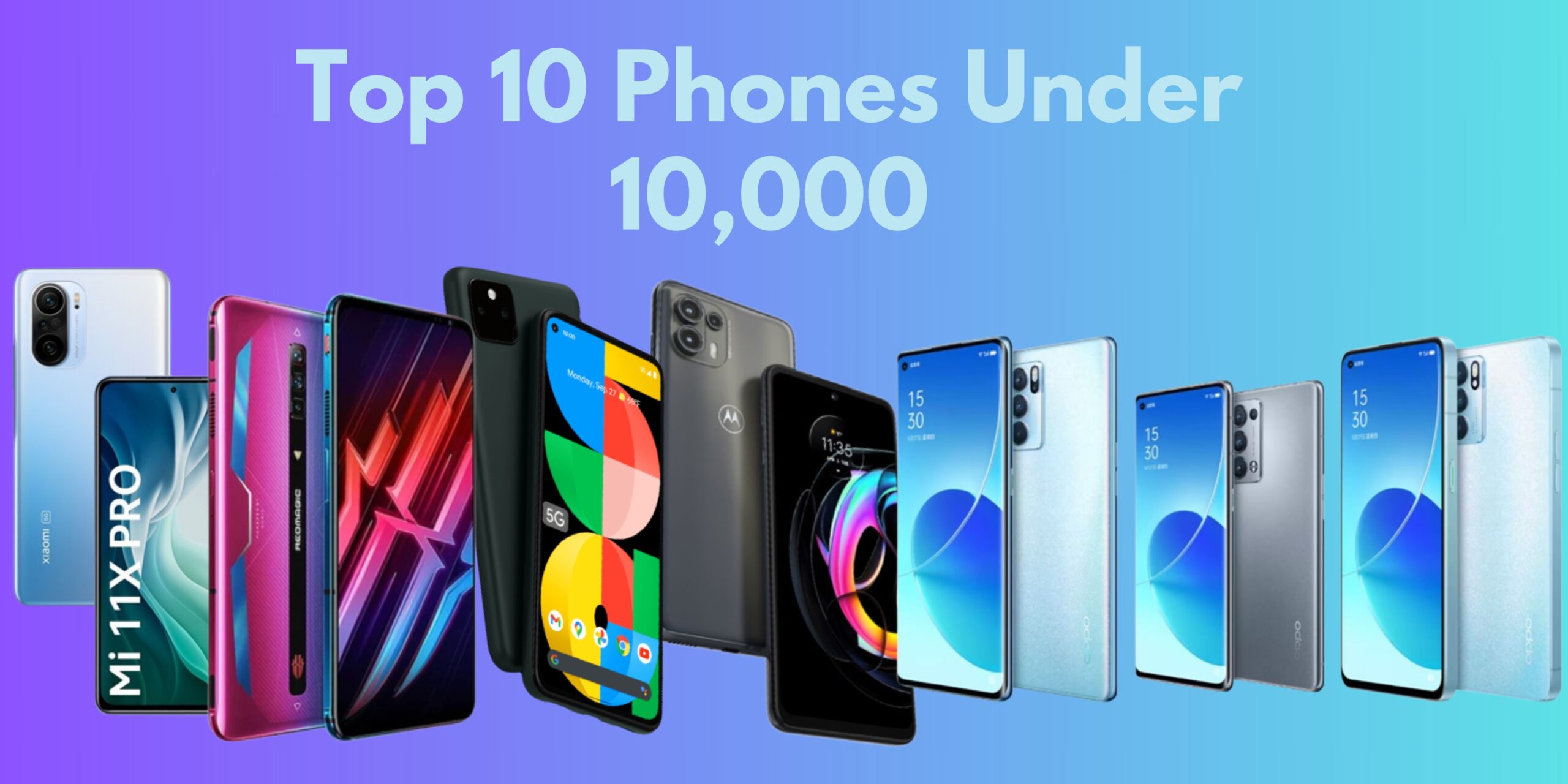Technology in Music Production and Streaming
The music industry is undergoing a technological revolution, shaping the way music is produced, distributed, and consumed. This article explores the intersection of technology in music production and streaming, highlighting the innovative tools and platforms that are reshaping the landscape of the music experience.
1. Digital Audio Workstations (DAWs): Crafting Sound in the Digital Realm
Digital Audio Workstations (DAWs) have become the heartbeat of modern music production. Artists and producers leverage software like Ableton Live, Pro Tools, and FL Studio to compose, arrange, and produce music in the digital realm. These platforms offer many virtual instruments, effects, and tools, empowering musicians to bring their sonic visions to life with precision and creativity.
2. Virtual Instruments and Plugins: Orchestrating Infinite Possibilities
The advent of virtual instruments and plugins has revolutionized the way musicians approach composition and production. From hyper-realistic virtual pianos to dynamic synthesizers, these digital tools expand the palette of sounds available to artists. Advanced plugins like Native Instruments’ Kontakt and Spectrasonics’ Omnisphere provide expansive libraries that emulate traditional instruments and offer innovative sonic possibilities.
3. Artificial Intelligence in Music Creation: Collaborating with Algorithms
Artificial Intelligence (AI) is making inroads into music creation, offering artists new avenues for exploration. AI algorithms analyze vast datasets of musical compositions, enabling the generation of original compositions or assisting in creating unique sounds. Tools like AIVA and Google’s Magenta Studio showcase the potential of AI as a collaborative partner in the creative process.
4. Streaming Platforms: Redefining Music Consumption
The rise of streaming platforms, such as Spotify, Apple Music, and Tidal, has transformed the way audiences access and consume music. Offering vast libraries of songs at users’ fingertips, streaming has become the dominant mode of music consumption. Curated playlists, personalized recommendations, and seamless access across devices contribute to a dynamic and immersive music streaming experience.
5. High-Resolution Audio and Spatial Audio: Elevating Sonic Fidelity
Advancements in audio technology are elevating the listening experience with high-resolution audio and spatial audio formats. High-quality streaming services and devices capable of reproducing lossless audio ensure that listeners can enjoy music with unparalleled sonic fidelity. Spatial audio technologies, like Dolby Atmos and Sony’s 360 Reality Audio, add an immersive dimension to the listening experience.
6. Collaborative Platforms for Remote Production: Bridging Distances
Technology has facilitated remote collaboration among musicians and producers. Cloud-based platforms like Splice and Soundtrap allow artists to collaborate in real time, regardless of geographical distances. This democratization of collaboration enables diverse talents to come together, fostering a global and interconnected music community.
7. Blockchain in Music: Transforming Royalties and Copyrights
Blockchain technology is disrupting traditional royalty distribution and copyright management models in the music industry. Blockchain-based platforms, like Imogen Heap’s Mycelia and Ujo Music, aim to ensure fair compensation for artists, transparent royalty tracking, and streamlined copyright processes, empowering musicians to have greater control over their intellectual property.
8. Virtual Reality (VR) and Augmented Reality (AR) Concert Experiences: Beyond the Stage
Virtual Reality and Augmented Reality are extending the boundaries of live music experiences. VR concerts allow fans to immerse themselves in virtual venues, attending live performances from the comfort of their homes. AR applications, like Snapchat’s AR music lenses, bring interactive and visually engaging elements to music consumption, adding a layer of creativity to the fan experience.
9. Machine Learning in Music Recommendation: Personalizing Playlists
Machine learning algorithms drive personalized music recommendations on streaming platforms. By analyzing users’ listening habits, preferences, and contextual cues, these algorithms curate playlists tailored to individual tastes. The result is a more personalized and engaging music discovery experience, introducing listeners to new artists and genres aligned with their preferences.
10. Future Trends: Holographic Performances and Interactive Experiences
Looking ahead, holographic performances and interactive music experiences are emerging as potential future trends. Holographic concerts, as demonstrated by companies like Pulse Evolution and BASE Hologram, could bring back iconic artists or offer unique visual spectacles. Interactive technologies, such as interactive music videos and virtual music festivals, promise to engage audiences in unprecedented ways.
Orchestrating the Future of Music with Technology
Technology has become the conductor shaping the symphony of the modern music industry. From the studio to the listener’s ears, music production and streaming innovations enrich the creative process, expand artistic possibilities, and transform how audiences connect with music. As technology continues to evolve, the future promises even more groundbreaking advancements, ensuring that the harmony between technology and music remains in perpetual motion.


